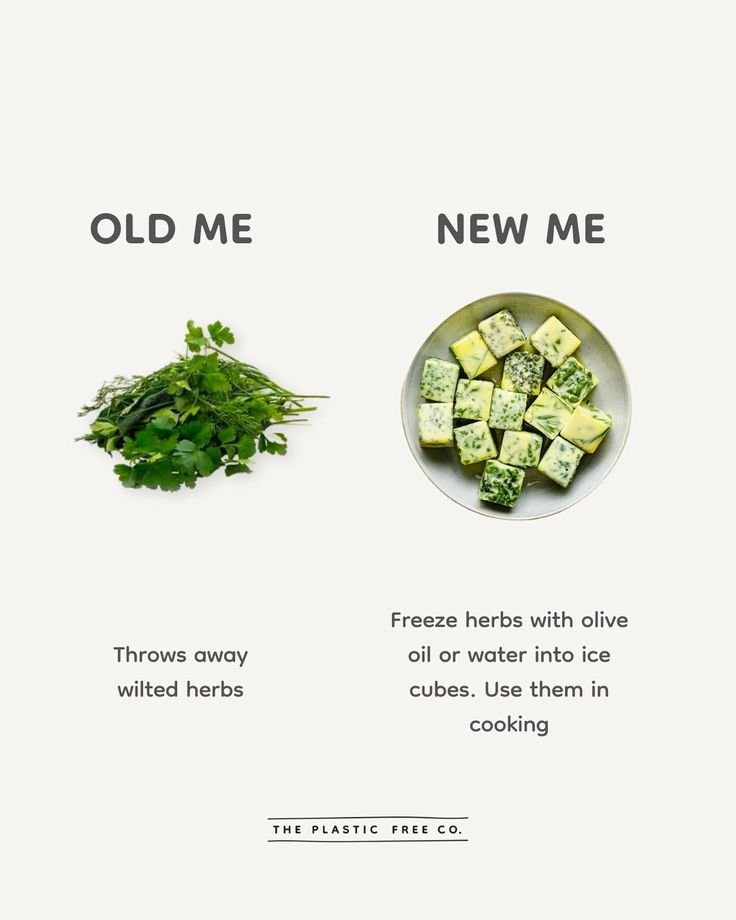10 Eco-Friendly Kitchen Hacks: Sustainable Tips for a Green Culinary Space
Introduction:
The kitchen is often called the heart of the home, but it can also be a hotspot for waste, energy consumption, and environmental impact. From excessive food waste to energy-hungry appliances, many common kitchen practices contribute to a larger ecological footprint. However, with a few mindful changes, your kitchen can transform into a hub of sustainability and eco-conscious living, where every action you take helps reduce your impact on the planet.
Embracing eco-friendly practices in the kitchen not only reduces your carbon footprint but also saves you money and promotes healthier, more sustainable habits. By making thoughtful choices—whether it’s minimizing food waste, opting for energy-efficient appliances, or choosing sustainable cookware—small changes can make a profound difference. These simple adjustments allow you to embrace a greener lifestyle without sacrificing convenience or style.
In this post, we’ll share practical, actionable hacks and tips that can help you create a greener, more sustainable kitchen. From energy-efficient cooking methods to waste-reducing strategies, these ideas will guide you toward making environmentally friendly decisions without overwhelming you. With just a few tweaks to your everyday routine, you can create a kitchen that’s not only kind to the planet but also to your wallet, fostering a space that reflects your commitment to both sustainability and long-term savings.
10 Eco-Friendly Kitchen Hacks
1. Embrace Meal Planning to Reduce Food Waste
Food waste is one of the biggest contributors to environmental harm. By planning your meals in advance, you can avoid overbuying and ensure that every ingredient you purchase gets used. Start by creating a weekly menu and making a detailed grocery list. Stick to the list and avoid impulse purchases. Utilize leftovers creatively to prevent waste and save money.
Additionally, organize your refrigerator to prioritize older items. Use the “first in, first out” rule: place newer groceries at the back and bring older ones to the front. Labeling and freezing items can also help extend their lifespan.

2. Invest in Energy-Efficient Appliances
Outdated kitchen appliances consume excessive energy and contribute to higher electricity bills. Consider upgrading to Energy Star-certified appliances, which use significantly less energy and water. Look for refrigerators, dishwashers, and ovens with high energy ratings.
For smaller appliances, unplug them when not in use to avoid standby power consumption. Using an induction cooktop instead of a traditional stove can also reduce energy usage while providing faster and more efficient cooking.
3. Compost Kitchen Scraps
Instead of throwing away vegetable peels, coffee grounds, and eggshells, start a compost bin. Composting is an excellent way to recycle organic waste and create nutrient-rich soil for your garden. If you don’t have outdoor space, consider using an indoor composting system or a vermicomposting bin with worms.
Composting not only reduces the amount of waste sent to landfills but also cuts down on methane emissions, a potent greenhouse gas produced by decomposing organic matter in landfills.
4. Choose Reusable and Sustainable Kitchenware
Switch from single-use plastics to reusable alternatives. Replace plastic wrap with beeswax wraps or silicone food covers. Opt for glass or stainless steel containers instead of plastic ones. Use cloth napkins and towels instead of paper products.
For cooking utensils, choose eco-friendly materials like bamboo, stainless steel, or recycled plastic. Investing in durable, sustainable kitchenware reduces waste and saves money in the long run.

5. Use Eco-Friendly Cleaning Products
Many conventional cleaning products contain harmful chemicals that pollute water sources and harm marine life. Opt for biodegradable, plant-based cleaning solutions or make your own using natural ingredients like vinegar, baking soda, and lemon.
Consider using washable, reusable sponges or cleaning cloths instead of disposable ones. Microfiber cloths are excellent for cleaning without the need for chemical cleaners. They’re effective, reusable, and reduce plastic waste.
6. Switch to Induction Cooking
Induction stoves are a more energy-efficient alternative to traditional gas or electric stovetops. They use electromagnetic fields to heat cookware directly, resulting in faster cooking times and lower energy consumption.
Induction stoves are also safer because they don’t generate heat unless a compatible pot or pan is on the surface. This not only saves energy but also reduces the risk of burns and accidents.
7. Buy Locally and Seasonally
Support local farmers and reduce your carbon footprint by buying seasonal produce from nearby markets. Locally sourced food requires less transportation, which means fewer greenhouse gas emissions.
Eating seasonal produce also ensures fresher, more nutrient-rich meals. Plus, it often costs less than out-of-season imports. Use your meal planning skills to incorporate local, seasonal ingredients into your dishes.
8. Optimize Water Usage
The kitchen is a major source of water consumption, but there are plenty of ways to cut back. Install a low-flow faucet aerator to reduce water usage without compromising pressure. When washing dishes, avoid running the tap continuously—use a basin for rinsing instead.
Only run your dishwasher with a full load and use the eco-setting if available. Scrape food scraps off plates instead of rinsing them under running water before loading the dishwasher.
9. Cook in Batches to Save Energy
Batch cooking is an efficient way to save time, energy, and money. Prepare large quantities of meals and store them in the fridge or freezer for later use. This reduces the need to use your oven or stovetop repeatedly.
When cooking, use lids on pots and pans to trap heat and reduce cooking time. Choose cookware with good thermal conductivity, such as cast iron or copper, to maximize energy efficiency.
10. Incorporate Renewable Energy Solutions
Consider powering your kitchen with renewable energy. Solar panels are a long-term investment that can significantly reduce your electricity bills and reliance on non-renewable energy sources.
If installing solar panels isn’t feasible, look into community solar programs or green energy plans offered by your utility provider. Additionally, use solar-powered gadgets like lights, chargers, or even small appliances to further reduce your environmental impact.

Conclusion
Creating an eco-friendly kitchen doesn’t have to feel overwhelming. By implementing these 10 sustainable hacks, you can make a significant difference in reducing your environmental impact, all while enjoying a kitchen that’s functional, efficient, and stylish. Each small change, when added together, contributes to a larger movement toward sustainability, helping you play your part in protecting the planet.
From thoughtful meal planning and smart food storage to composting and investing in energy-efficient appliances, every action counts. These practices not only benefit the environment but also help you save money and reduce waste in your everyday life. By making conscious choices, you can create a kitchen that reflects your values and dedication to the planet.
Let your kitchen be a place where sustainability meets style, where every choice—from the materials you use to how you dispose of waste—helps reduce your ecological footprint. And as you embrace these greener practices, you’ll inspire others to follow suit and make more sustainable choices in their own homes. Together, we can cook up a more sustainable future, one eco-friendly meal at a time.




